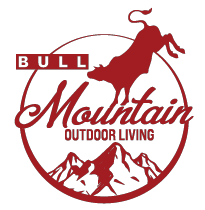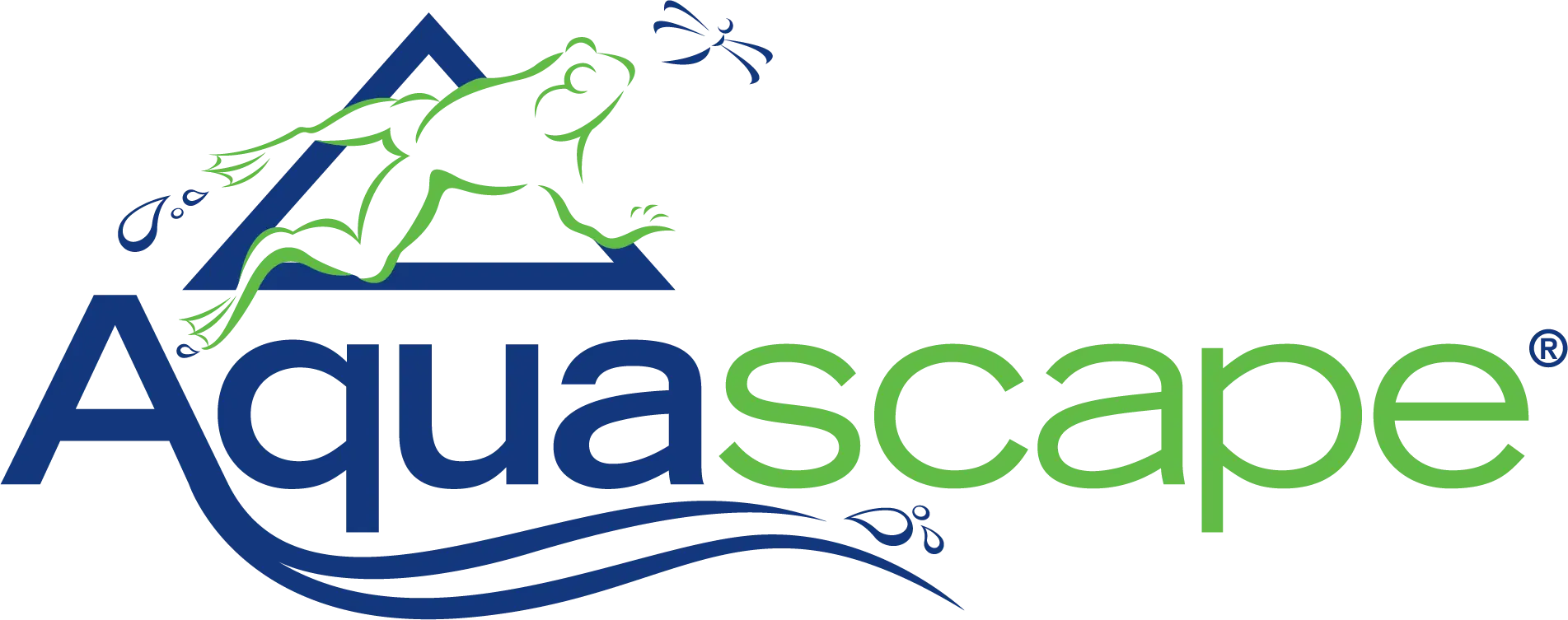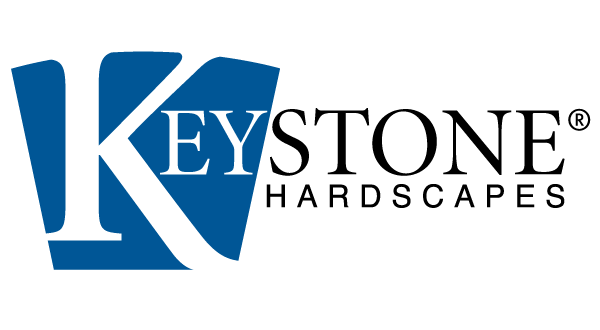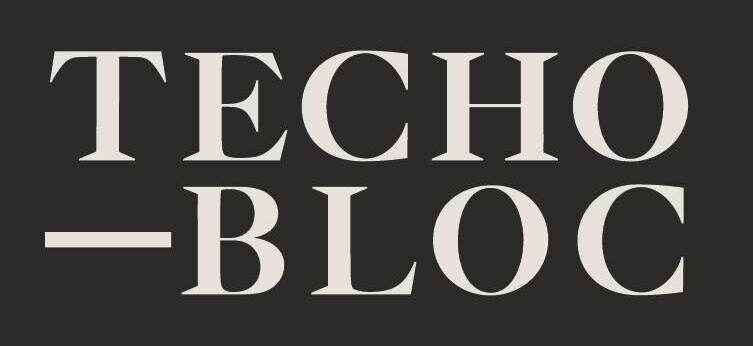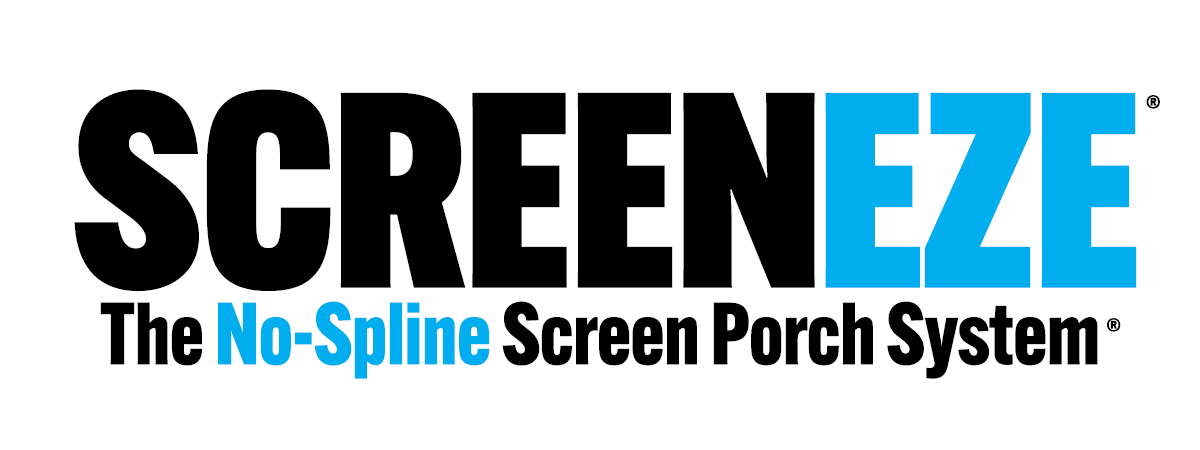
Landscaping has always been about creating spaces that are both beautiful and functional. Traditionally, lush green lawns have been considered the gold standard, but maintaining natural grass has become increasingly challenging in today’s world. Between water shortages, rising maintenance costs, and environmental concerns, homeowners and businesses alike are searching for alternatives that balance aesthetics with practicality.
This is where turf installation is stepping in to transform landscaping. Modern turf isn’t just a synthetic replacement for grass—it’s a long-term solution that conserves resources, reduces upkeep, and aligns with sustainable living goals. As more property owners embrace this innovation, turf installation is reshaping not only the way we design landscapes but also how we think about outdoor living as a whole.
How Does Turf Installation Impact Water Conservation in Landscaping?
One of the most pressing concerns in landscaping today is water usage. Natural grass lawns require thousands of gallons of water each year to stay lush and green, especially in regions prone to drought. Turf installation addresses this issue head-on.
- No Irrigation Needed: Artificial turf does not need daily watering like natural grass. This drastically reduces water consumption, making it an eco-friendly solution for drought-prone areas.
- Climate Adaptability: Turf looks green and healthy year-round regardless of rainfall or temperature, eliminating the need for supplemental watering during hot summers.
- Reduced Strain on Local Water Systems: By lowering irrigation needs, turf helps communities conserve water and eases the burden on municipal water supplies.
- Cost Savings: Homeowners and businesses see noticeable reductions in their water bills, especially during peak irrigation months.
The water savings are significant. According to some studies, replacing a natural lawn with artificial turf can save up to 55 gallons of water per square foot each year. On a large property, this translates into thousands of gallons conserved, contributing to sustainability while lowering costs.
What Are the Environmental Benefits of Choosing Turf Over Natural Grass?
Beyond water conservation, turf installation provides several environmental benefits that extend well beyond the backyard.
- Reduced Use of Chemicals: Natural grass requires fertilizers, pesticides, and herbicides to remain healthy. Turf eliminates this need, reducing the number of harmful chemicals that can seep into groundwater and local ecosystems.
- Lower Carbon Emissions: Lawns often require weekly mowing, trimming, and edging—all powered by gas or electric equipment. Turf doesn’t grow, which eliminates the need for frequent mowing and reduces carbon emissions.
- Waste Reduction: Fewer fertilizers, clippings, and herbicides mean less waste heading to landfills or leaching into soil.
- Durability: Turf resists wear and tear better than natural grass, meaning fewer replacements and less resource consumption over time.
- Urban Sustainability: In cities where green space is limited, turf creates durable, low-maintenance landscapes that don’t strain resources but still provide the look of grass.
By reducing reliance on harmful chemicals and minimizing emissions, turf offers an environmentally responsible alternative to the traditional grass lawn. It’s a sustainable option that looks good and does good at the same time.
How Is Turf Installation Influencing Landscaping Design Trends?
Turf installation isn’t just about replacing lawns; it’s changing the very way we design and use outdoor spaces. Modern landscaping trends are embracing turf for its flexibility and ability to blend with other materials.
- Functional Outdoor Living Spaces: Turf is now commonly used in outdoor kitchens, lounge areas, and entertainment spaces. It pairs beautifully with stone patios, decks, and fire pits, softening hardscapes while requiring no upkeep.
- Play and Recreational Areas: Families are increasingly installing turf for play areas, backyard sports fields, and putting greens. Its durability ensures it can withstand high traffic without turning into mud or bald patches.
- Commercial Landscaping: Businesses and public spaces are turning to turf to maintain attractive, consistent landscapes that don’t require heavy maintenance budgets. Malls, office buildings, and even airports are incorporating turf into their designs.
- Modern Aesthetic Trends: Minimalist designs often combine artificial turf with gravel, concrete, and modern planters for a clean, polished look. Turf enhances contrast while providing visual balance.
- Pet-Friendly Solutions: Turf has become popular among pet owners because it’s durable, easy to clean, and resistant to digging.
This design versatility means turf can be used in areas where natural grass simply isn’t practical, such as shaded yards, rooftops, or sloped landscapes. It’s not just a replacement—it’s a design tool that opens up new creative possibilities.
Can Turf Installation Reduce Maintenance Costs for Homeowners and Businesses?
One of the biggest advantages of turf is its impact on maintenance costs. Natural lawns require constant care like watering, mowing, fertilizing, reseeding, pest control, and weeding. Turf installation eliminates many of these ongoing expenses.
Cost-Saving Benefits Include:
- No Mowing or Trimming: Turf maintains its height and appearance without needing weekly lawn care. This saves both time and money for homeowners, while businesses can reallocate landscaping budgets elsewhere.
- No Fertilizers or Pesticides: The elimination of chemical treatments not only helps the environment but also reduces yearly maintenance costs significantly.
- Lower Water Bills: As mentioned earlier, the absence of irrigation leads to huge savings on monthly utilities.
- Durability in High-Traffic Areas: Turf resists wear and does not need patching or reseeding like natural grass. This is particularly cost-effective for playgrounds, athletic facilities, and commercial landscapes.
- Seasonal Reliability: Turf stays green year-round without the need for costly overseeding or seasonal lawn treatments.
While the initial investment in turf installation can be higher than seeding a lawn, the long-term savings are substantial. In many cases, turf pays for itself within a few years due to reduced upkeep costs.
Redefine Your Landscape with Expert Turf Installation
At Bull Mountain Outdoor Living, we specialize in transforming outdoor spaces with high-quality turf solutions that deliver beauty, durability, and sustainability. Whether you’re looking to create a low-maintenance lawn, a family play area, or a modern outdoor retreat, our team has the expertise to design and install turf that fits your lifestyle and vision.
Ready to conserve water, cut costs, and enjoy a flawless landscape year-round? Contact Bull Mountain Outdoor Living today and let us show you how turf installation can elevate your outdoor space forever.
